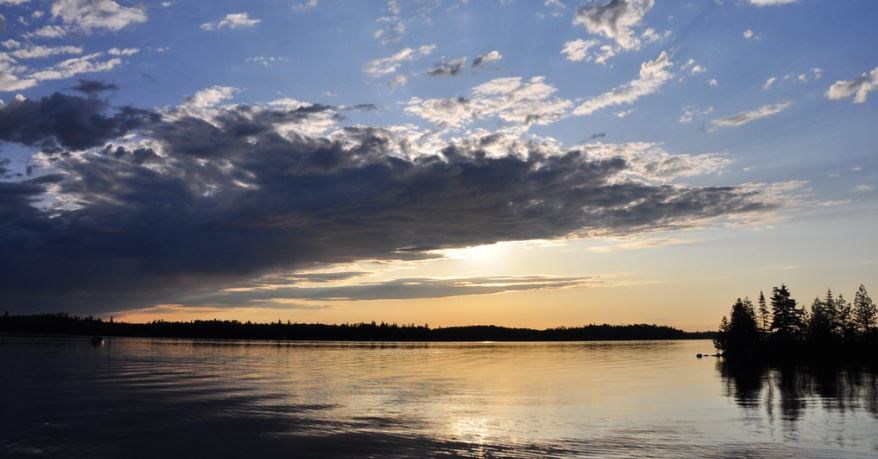SHEBANDOWAN LAKE — A small group of camp owners on a pristine section of Shebandowan Lake is calling on the province to uphold a provincially mandated conservation plan that protects the area from encroaching development, including power projects like the Waasigan Transmission line.
"I understand the need for power, but they are putting (the power line) in the worst location when there is an alternative corridor that's already been cut," Brant Muir, whose family has had a camp at Three Mile Bay since the 1960s, said on Tuesday.
An amended environmental assessment report for Hydro One's Waasigan project was approved by the province last month. The $1.2-billion project is to be constructed in two phases.
The first phase, a double-circuit 230-kilovolt line between Shuniah and Atikokan, will be in service by the end of 2025.
Phase two, which will be completed two years later, involves a single-circuit 230-KV line between Atikokan and Dryden.
Waasigan is a partnership between Hydro One and nine Northwestern Ontario First Nations.
Muir said that in a Zoom call with Hydro One officials earlier this month, he was told the utility is seeking a variance which, if approved, would exempt the Waasigan project from the Shebandowan Lake Management Plan.
Muir said the plan helps keep the bay in its natural state, free from excessive runoff from industrial projects and clearcuts.
According to Muir, Waasigan's construction would require "removing a 185-metre-long swath of trees along the (bay's) waterline, (which) will have a devastating impact on the visual landscape at the end of Three Mile Bay."
"Our proposed alternative (power line) alignment is significantly further from the lake, maintaining . . . buffers required to reduce sediment and nutrient runoff from the clearcut," Muir said.
Muir said the camp owners' proposed alternative route would reduce the potential for blue-green algae blooms and other conditions "that can put further stress on the already at-risk lake trout population. "
He added that Hydro One officials told him that the current route being proposed makes the most sense.
In its environmental assessment document for the Waasigan project, Hydro One said it has "reviewed the proposed crossings of provincial parks and conservation reserves to identify preferred crossing of these areas and potential design refinements to limit adverse effects."
"The preferred route, which is the focus of this assessment, features the preferred balance of advantages and disadvantages," the utility said.
In an earlier email, the utility said, "The natural environment and aesthetics of the landscape are important, and we will do what we can to minimize disruption and meet demand for electricity in the region."
Muir said there are eight camps on Three Mile Bay, all of which are off-grid and rely on solar power.
"We are a small group, so we don't have a very loud voice," he said.
"We are not blocking the need for power from residences; we are only asking Hydro One to take a more environmentally responsible route," he said.
Meanwhile, Hydro One is hosting three information sessions next week about its Waasigan project.
• Atikokan: Oct. 28 at the Adult Learning Centre. 4-8 p.m.
• Thunder Bay: Oct. 29 at the Current River Community Centre, 4-8 p.m.
• Kaministiquia: Oct. 30, at the village community centre, 4-8 p.m.
The Chronicle Journal / Local Journalism Initiative
